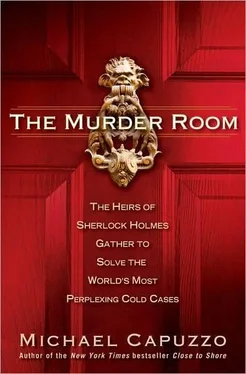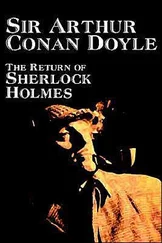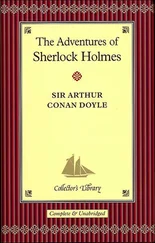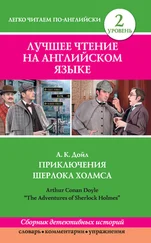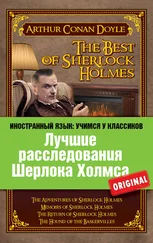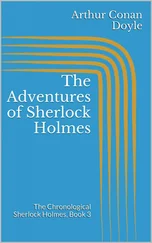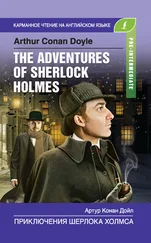“If you can get me an identity, we may also find her killer. Would you like to help us do that?”
Frank replied that he would.
“We can’t pay you anything.”
“That’s OK.”
Fillinger challenged him to “show me what she looks like.”
“I’ve never completed a sculpture in my life,” Frank said. At the academy they discarded their half-completed clay sculptures at the end of each class. “But I’ll do it.”
“Good. Come back at midnight Friday. I’ll be on the graveyard shift.”

It took Frank eight hours. After measuring the skull and drawing a rough outline of the face on the sketch pad in the morgue, he consulted artist friends and his academy sculpture teacher on techniques. Working nights, he shaped a clay bust over the bones, made a plaster mold of the bust, painted the face, and crowned the head with a dark blond wig. “I saw every feature of her face,” he said. “And how the form of one part of her face flowed into all the other forms.” He brought the head into the morgue that Friday after midnight.
The Philadelphia police had never used a forensic sculpture, but they distributed a photo of Frank’s bust of the murdered Jane Doe to the Philadelphia media, and published it in a missing-person flyer sent widely to East Coast police departments.
Corpse number 5233 remained in the morgue, with no one to mourn or bury her. A New Jersey philanthropist offered her own cemetery plot so the “poor soul” wouldn’t end up in a pauper’s grave. But five months later, a New Jersey detective studying missing-person reports noticed a “remarkable” similarity between the bust of a woman in a Philadelphia Police Department circular and the photo of a woman reported missing by Chicago police.
Anna Mary Duval, sixty-two, had left via Chicago ’s O’Hare Airport on October 15, her family told the police. They didn’t know where she was going, and she never returned. Now authorities quickly confirmed that corpse 5233 found dumped at the Philadelphia airport was indeed the woman who’d boarded the plane in Chicago. Police still were unable to determine what drew her to the City of Brotherly Love, where she knew no one, or who had killed her and why. But Anna Mary Duval had been identified, sad as her story was, thanks to Bender’s artistic vision.
Fillinger was stunned. The police had used sketch artists for years, with little success. Here was a full three-dimensional head sprung from the imagination of a high school-educated kid who didn’t know what “forensics” meant. Bender had been touched by a gift neither he nor anybody else could fully explain.
Frank had his first ID and his first newspaper headlines. Within days, other police departments around the country began asking him to produce busts of unidentified murder victims.
He was a natural. His wife was immensely proud of him, and it was a new income source. But the work was ghoulish, especially with two young daughters in the house. Heads were always popping out of shoeboxes and beer coolers. The worst part was the horrific odor of the cooking craniums, or the thought of them swarming with flesh-stripping beetles. Once, when bugs came flowing out of their old Hotpoint stove, Jan opened it to find the skull of an unknown sailor from the Russian ship Corinthus. Frank figured half an hour would dry it out enough to apply clay. “Frank!” she screamed. “Come take this fucking head out of the oven and go visit your mother.” It was a story they loved to tell.
She didn’t know what “forensics” meant either. Spooked by her husband’s new vocation, Jan went to the library to research forensic art, and was proud to learn that esteemed European sculptors were doing the same thing.
She wrote “Forensics” on a piece of paper and taped it to their refrigerator.
CHAPTER 7. SHADES OF THE DARK KNIGHT
In the eastern foothills of the Cascade Range, 150 miles from Seattle, is a view of a town nestled between two rivers and the high walls of the mountains like the dawn of the world. Down in the valley along the wide river are apple orchards and vineyards soaked in an arid, sunny climate like the Bordeaux region of France; Main Street is lined with shops. New to the town’s 6,882 families was a bumper crop of Granny Smiths, until a large man came walking down the hill calmly carrying a screaming child drenched in blood.
It was autumn, with the smell of wood-smoke and ripening apples in the air and all the lawns on Eleventh Street neat and tended by the sidewalk where the boy struggled and cried against the man’s shirt trying to escape. The boy was about ten, but the wide arms held him as effortlessly as a bushel of new fruit. Suddenly the man stopped on the sidewalk, grinned, and with no visible effort crushed the boy to his chest. The child fell silent and limp.
Richard Walter was ten years old and chubby, sitting in the passenger seat of his mother’s car, a 1954 Dodge, as it climbed the hill. His mother, Viola, was driving him home from school when she slowed down and pulled over to the curb where the man and boy stood.
When they got close, the man started to cry.
“Get in!” she commanded him. “I’ll take you to the hospital.”
Sheepishly, the big man obeyed, climbing in the backseat with the bloody child.
Accelerating the car, Viola Walter looked in the rearview mirror and made eye contact with the boy.
“Sonny, tell me the truth. What did he do to you? Did he hurt you?”
The child whimpered.
“Tell me. I won’t let him hurt you.”
“My daddy beat me.” The child was sobbing.
This is interesting, Richard thought. He was turned to the backseat, unsmiling, quietly studying the man and the boy as intently as he would an ant farm. They reached the hospital. While the boy was rushed to the ER, Viola Walter told the county sheriff’s deputy about the man, who had fled.
“Son,” the deputy sheriff said to Richard. “I need you to come with me and help me find him. Let’s go.”
Cool, Richard thought.
Richard raced through the night in the sheriff’s car and helped the deputy identify the man for an arrest. He followed the court case in the newspapers and learned the father had twisted both his son’s arms until they broke, then tried to break the boy’s legs but couldn’t manage it. The man was a sadist; he enjoyed it.
Richard had helped to apprehend his first psychopath.
Really cool, he thought. “It was awful, of course, but quite fascinating.”
Until that moment, he’d felt like an alien set down in the remote valley. He was distant from his father, Irwin, a stern German American who was the service manager for Sugg’s Tire Service for thirty-five years. He had two sisters and a brother who became a truck driver. He was the only one of the four Walter children who disliked sports. Richard was a musical genius, gifted at piano with a voice like an angel. Given a chance to attend the big apple festival, he preferred La Traviata.
It was his mother who taught him that behind the façade of the sleepy all-American town lay a grand opera. Viola Walter was a housewife, a formidable, cunning, uncanny woman. Neighbors called her instead of the police.
One evening after dinner a young woman in town called Viola in a panic. Her husband was sitting in his easy chair with a loaded handgun instead of the evening newspaper in his lap. He wouldn’t give up the gun and was threatening to shoot himself, growing louder and angrier as the night wore on.
“Can you come over?”
Viola Walter stormed into the living room, snatched the loaded gun from the man’s hand and demanded, “What the hell do you think you’re doing? ” For the next half hour she berated him for his selfishness in frightening his wife who loved him so and lectured him on his blindness to the beauty and preciousness of life. The couple, childless at the time, went on to have children and grandchildren who, years later, at the man’s funeral in old age, thanked Viola in their eulogies for making their family possible. It was one of three suicides she was credited with preventing.
Читать дальше
